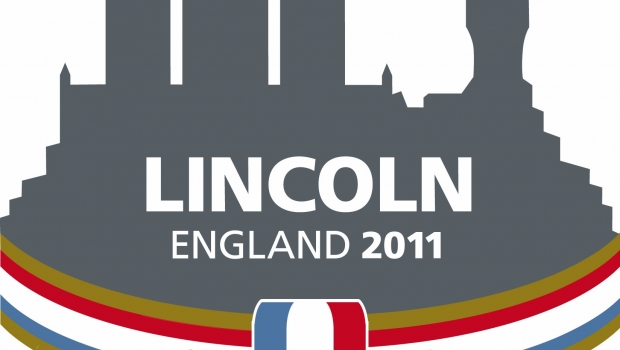Tradespeople involved in the conservation process must be skilled in traditional materials, tools, and techniques and knowledgeable of preservation, maintenance and conservation methodologies. As part of multidisciplinary teams including architects, conservators, and other professionals, trades practitioners participate in decisions—both philosophical and technical—that impact the long-term preservation of the built heritage. There is a growing awareness in the United States and abroad that contemporary trades education is not providing the learning opportunities needed to prepare individuals for the complex challenges that arise when conserving historic sites. Throughout the world, stakeholders in cultural heritage preservation are working to strengthen existing and create new models for educating the next generation of tradespeople. Although the range of solutions employed to educate and train tradespeople vary, there are common needs and objectives that cross cultural borders, particularly in today’s global environment. The International Trades Education Symposium (ITES) is a biannual event developed to help build an international network of cooperative programs, linking building trades education providers, practitioners and resources. Three previous International Trades Education Symposia have been held; ITES 2005 at Belmont Technical College in St. Clairsville, Ohio, ITES 2007 in Tällberg, Sweden, and ITES 2009 in Leadville, Colorado. At each ITES existing relationships have been strengthened and energized and new connections have been added to the network of educators and tradespeople working to promote the continuing vitality and relevance of the traditional trades. The 2011 International Trades Education Symposium was held in the Lawn in the Lincoln Cathedral Quarter on Thursday 19th and Friday 20th May 2011. The Lawn, opened in 1820 as the Lincoln Asylum, was the County's first purpose-built hospital for the treatment of the mentally ill. The Asylum was developed largely through the efforts of local physician, the Reverend Doctor Francis Willis. A caring and pioneering hospital, it was famous for removing all use of physical restraint and isolation and developing instead on a sympathetic and rehabilitative environment for its patients. In the mid 1980s, with a change in emphasis towards the care of the mentally ill, the hospital became surplus to health authority requirements and was closed. Lincoln City Council decided to purchase the complex and its eight acres of grounds to establish a new visitor centre. The Lawn was officially opened by H.R.H. The Prince of Wales in November 1990 and today includes excellent conference facilities, caters for civil marriages and receptions, and there is a cafe and shops. Lincoln Cathedral is one of the finest medieval buildings in Europe, which towers above Lincoln, a prominent landmark for miles around. The imposing West Front incorporates the surviving part of the first Romanesque Cathedral dating from 1072. Most of the Cathedral dates from the 13th century when, inspired by the leadership of St Hugh (Bishop from 1186- 1200), the Cathedral was re-built in the new gothic style. On Saturday 21st May Lincoln hosted a major international traditional craft skills event held in partnership between Lincoln Cathedral and Lincoln Castle. Lincoln Castle was venue for traditional craft demonstrations be held alongside a Tastes of Lincolnshire event in Castle Square. By Norman times, Lincoln was the third largest city of the realm in prosperity and importance. The city even had its own mint for making coins. In 1068, two years after the Battle of Hastings, William the Conqueror began building Lincoln Castle on a site occupied since Roman times. ITES 2011 Program
ITES 2011 sessions and papers explored the following areas of interest to educators and traditional tradespeople: Download a copy of the ITES 2011 program. In conjunction with the International Trades Education Symposium and 1,000 years of traditional trades event in Lincoln, May 19-21st, PTN offered a special Tour for the Trades, starting in London on Sunday, May 15th and arriving in Lincoln on May 18th. The Tour for the Trades provided a behind the scenes look at English cultural heritage with emphasis on the traditional trades featuring visits to Hampton Court Palace, Stratford upon Avon, Hardwick Estate and more! | Project DataDate: May 19-22 City: Lincoln, England |



